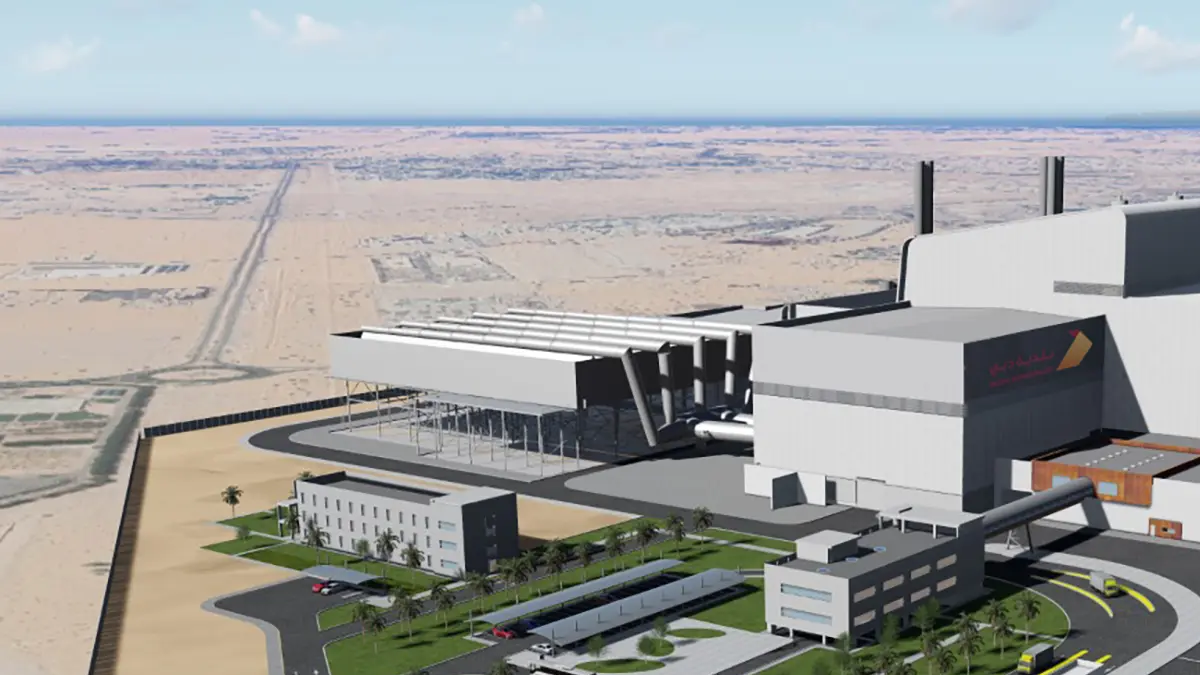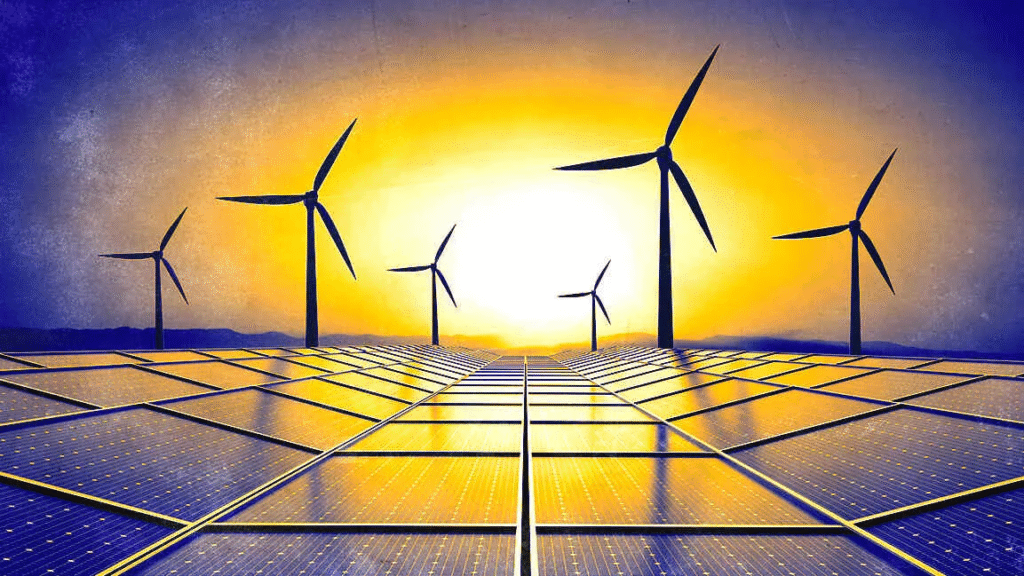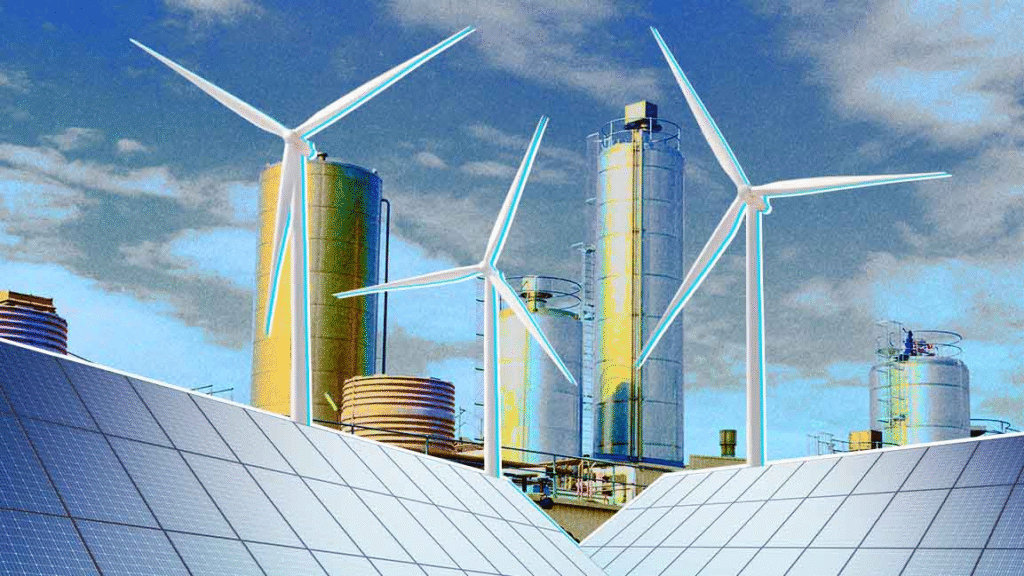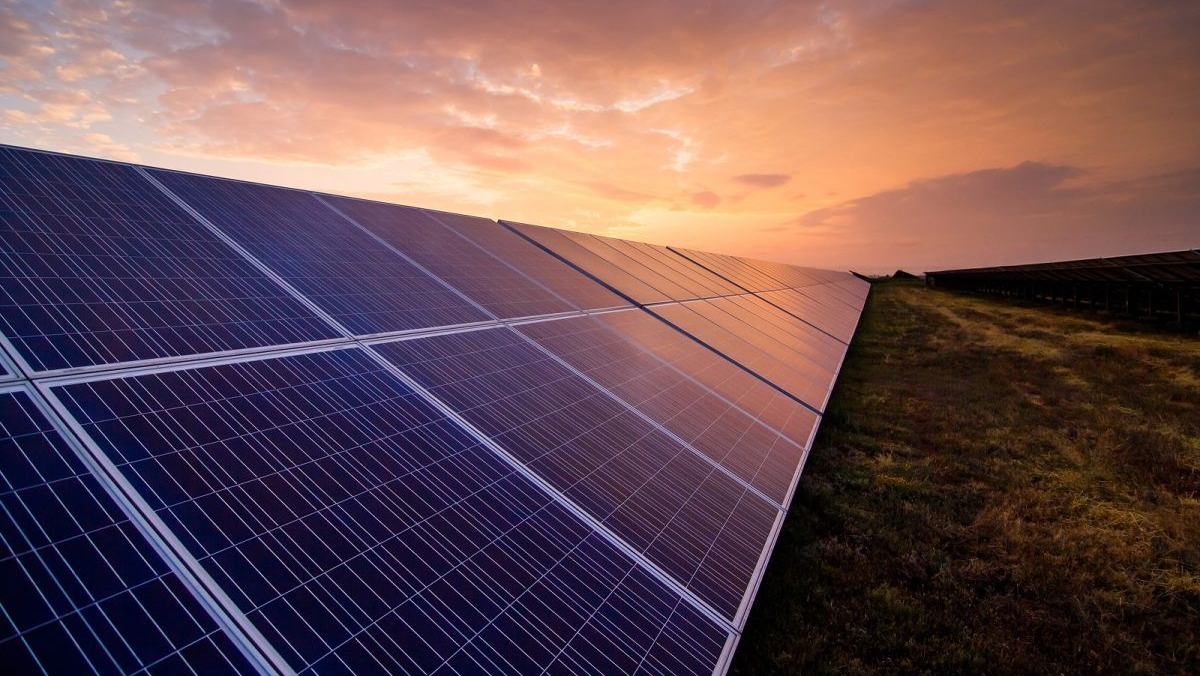Now Reading: Clean Energy Boom Creates Thousands of Jobs in Middle East 2025
-
01
Clean Energy Boom Creates Thousands of Jobs in Middle East 2025
Clean Energy Boom Creates Thousands of Jobs in Middle East 2025

Table of Contents
The Middle East is known for its rich oil and gas reserves, but a major shift is underway. Across the region, countries are now investing heavily in clean and renewable energy, and this shift is creating thousands of new jobs. From solar farms in Saudi Arabia to wind energy in Egypt, the region is embracing a greener future — and the job market is booming as a result.
According to recent reports, the number of clean energy jobs in the Middle East has more than doubled over the past five years. Experts expect this trend to accelerate as countries push toward their net-zero carbon goals.
Why the Middle East Is Turning to Clean Energy

While oil has long been the economic backbone of the Gulf states, falling prices, global climate commitments, and pressure to diversify economies are driving change. Governments across the Middle East, including the UAE, Saudi Arabia, Egypt, and Jordan, are committing billions of dollars to clean energy projects.
The UAE, for example, has pledged to reach net-zero carbon emissions by 2050 and already operates one of the world’s largest solar plants — Noor Abu Dhabi. Similarly, Saudi Arabia’s Vision 2030 includes ambitious goals to generate 50% of its electricity from renewable sources by the end of the decade.
These massive clean energy projects require a skilled workforce, and this is where the new jobs are being created — in engineering, construction, operations, technology, and more.
What Types of Jobs Are Being Created?
The clean energy sector includes a wide variety of job roles. Here are some of the main areas where employment is rising:
- Solar and wind farm construction: Thousands of workers are needed to build solar panels, wind turbines, and related infrastructure.
- Project management and engineering: Skilled professionals are required to plan and manage large-scale energy projects.
- Operations and maintenance: Once built, these facilities need trained technicians to run and maintain them.
- Research and development (R&D): Universities and private companies are hiring researchers to improve energy efficiency and storage technologies.
- Training and education: As demand for green skills rises, so does the need for trainers and instructors in vocational programs.
The International Renewable Energy Agency (IRENA), based in Abu Dhabi, estimates that clean energy could provide over one million jobs in the Middle East by 2030 if current growth continues.
Women and Youth Leading the Way
Another exciting aspect of this trend is that clean energy jobs are more inclusive than traditional oil and gas roles. More women and young professionals are entering the workforce through clean energy.
In the UAE, government initiatives like “Women in Sustainability, Environment and Renewable Energy (WiSER)” are helping to bring more women into leadership positions in the clean energy space.
Meanwhile, regional universities and technical colleges are launching new programs focused on renewable energy, environmental science, and green engineering — helping young people build future-ready careers.
Government Support Is Driving Job Creation
Many clean energy jobs in the Middle East are being created thanks to strong government support. Countries are offering tax incentives, public-private partnerships, and even direct investments in solar and wind projects.
For example:
- Saudi Arabia’s NEOM project, a $500 billion smart city, is being designed to run entirely on clean energy — creating thousands of green jobs.
- The UAE’s Masdar City is a hub for green innovation, attracting international firms and startups working on sustainable technologies.
- Egypt’s Benban Solar Park, one of the largest in the world, is already providing thousands of direct and indirect jobs.
These initiatives show that the transition to clean energy is not only about protecting the environment — it is also about building a resilient, sustainable economy with long-term job opportunities.
Challenges and Opportunities
Despite the rapid growth, the clean energy job market in the Middle East still faces challenges. Some of these include:
- Skill gaps: There is a need for more training programs and skilled workers to match industry demand.
- Regulatory hurdles: Some countries are still developing the laws and regulations to support clean energy projects.
- Public awareness: While job opportunities are growing, many workers still associate the region’s economy mainly with oil.
However, these challenges are being addressed. International partnerships, increased government funding for education, and rising investor confidence are helping the region overcome these barriers.
What the Future Holds

The future looks bright for clean energy employment in the Middle East. As more solar and wind projects come online, demand for skilled workers will continue to grow. Experts say the region has the potential to become a global leader in green energy exports, especially in technologies like green hydrogen.
This means even more job creation, not only in energy production but in manufacturing, logistics, and international trade.
Final Thoughts
The clean energy revolution in the Middle East is more than just a climate solution — it is a powerful driver of economic growth and employment. For workers across the region, this shift presents a unique opportunity to build long-term careers in a future-facing industry.
With continued government support, private investment, and public education, the Middle East could soon become a global hub for clean energy innovation and jobs.
Read More:- Deyaar’s Latest Announcement Shakes Up the UAE Property Market





















